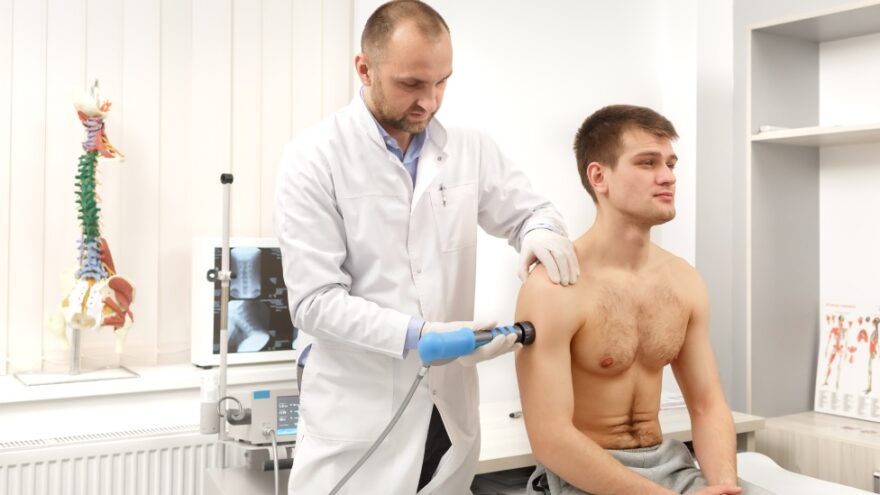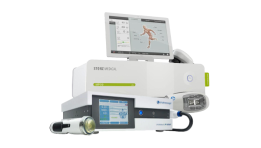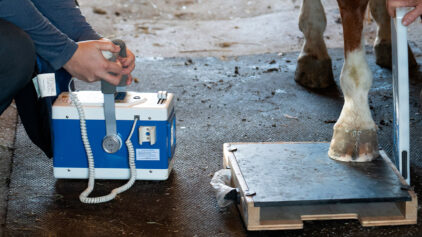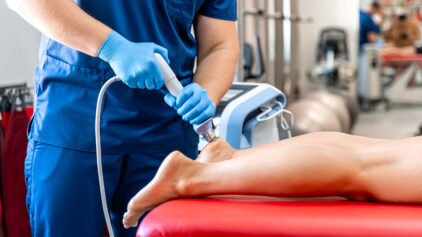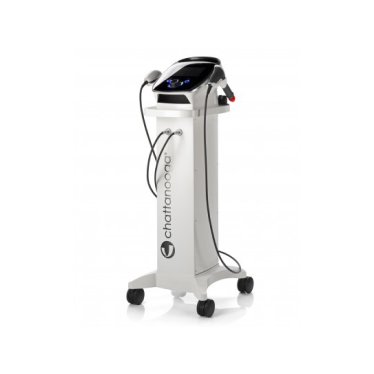Shockwave therapy has become a popular treatment method for various musculoskeletal conditions, including plantar fasciitis, tendonitis, and other chronic pain issues. This non-invasive therapy uses high-energy sound waves to initiate tissue repair and enhance blood flow to the affected areas. While the procedure itself is crucial, post-treatment care is equally important to ensure the best possible outcomes. Here are key strategies to maximize the benefits of shockwave therapy.
Follow the Rest Guidelines
After undergoing shockwave therapy, it’s important to allow your body some time to initiate the healing process. Typically, healthcare providers recommend avoiding strenuous activities that stress the treated area for about 48 hours post-treatment. This rest period helps prevent further injury and allows the therapeutic effects of the shockwaves to take place.

Engage in Light Activity
While heavy exercises and activities should be avoided, engaging in light activity is encouraged. Activities like walking or gentle stretching can increase blood flow and aid the healing process without overstressing the tissues. It’s crucial to listen to your body and avoid any movement that causes pain.
Apply Ice if Needed
Some patients may experience minor swelling or discomfort immediately following the therapy. Applying ice to the affected area can help reduce inflammation and alleviate pain. However, ice should be used in moderation, typically not more than 20 minutes at a time, to prevent skin damage.

Stay Hydrated
Hydration is vital for healing. Drinking plenty of water helps flush out toxins from the body and provides the necessary fluid balance for cellular health and repair. Ensure you maintain adequate hydration following your treatment to support the recovery process.
Maintain a Healthy Diet
A nutritious diet plays a critical role in healing. Foods rich in vitamins, minerals, and antioxidants can enhance the body’s ability to repair itself. Focus on incorporating proteins, omega-3 fatty acids, and fresh fruits and vegetables into your diet to support tissue recovery and overall health.
Continue with Physical Therapy
If shockwave therapy is part of a broader rehabilitation program, continuing with regular physical therapy sessions is important. A physical therapist can provide tailored exercises that complement the effects of shockwave therapy, improving mobility and strength in the treated area.

Monitor Your Progress and Report Any Issues
Keep track of your symptoms and any changes you notice in the treated area. Regular follow-ups with your healthcare provider are important to assess the effectiveness of the treatment and make any necessary adjustments to your care plan. Reporting any unusual or persistent issues immediately can help address potential complications early.
Use Supportive Devices if Recommended
In some cases, your healthcare provider may recommend using supportive devices such as orthotics, braces, or compression garments. These devices can provide additional support and stability to the treated area, facilitating a quicker and smoother recovery.
Maximizing the benefits of shockwave therapy involves a combination of rest, gradual reintroduction of activity, proper self-care, and adherence to medical advice. By taking the right steps after treatment, patients can enhance their recovery and return to their daily activities with improved functionality and reduced pain.

